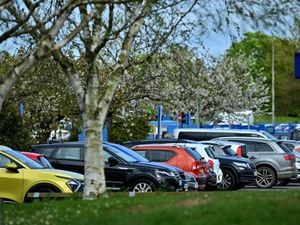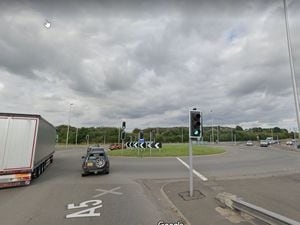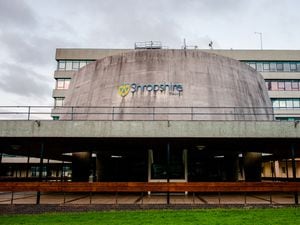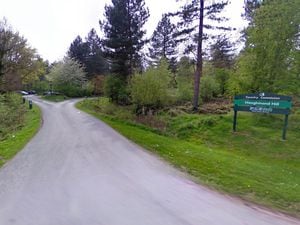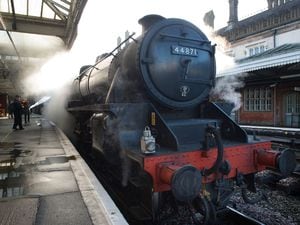£200k appeal to preserve Shrewsbury organ
Tucked away in the back streets of Shrewsbury, missed by tourists and visitors, is a fading gem within a gem.
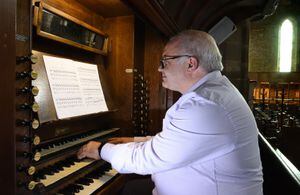
All Saints Church at Castlefields is a fine Victorian building with an interesting history. And its ageing organ is a unique survivor. Not only that, it has the Barker Lever Action.
Now a major appeal is being launched to revamp and conserve this musical treasure. And the repairs do not come cheap.
"We're looking for around £200,000," says Father Paul Lockett, the priest-in-charge.
"The organ is unique. There was an organ builder by the name of John Nicholson, who worked from Palace Yard in Worcester, and the organ in All Saints is the only remaining instrument built by him. It's just as he left it.
"There's a particular device on it called a Barker Lever Action. Some of the pipes are so big and heavy that to pull out the stops was a physical impossibility. This mechanical machine inside the organ was invented in order to make it easier to play."
Father Lockett has faced a similar dilemma in the past while at a parish at Stoke-on-Trent where there was a clapped out organ.
"The organ there was not as valuable or of the same historical interest, so I ripped it out and put a modern computerised thing in.
"Here, my guts tell me that's what I ought to do, but my heart tells me I can't, and the organ people tell me I mustn't. I'm between a rock and a hard place – it's got to be done."
The organ dates from 1849 but came to All Saints around 1878 as a gift to the new church from the architect and his wife.
All the leather parts have perished and the whole organ has an accumulation of around 160 years' or so of dust. It needs to be stripped down and working parts repaired or renovated, and then all put back together again.
"It's just limping along at the moment. We use it every Sunday. It has wonderful sounds and tones on it and is a fabulous instrument."
The appeal launch, tomorrow, will include a film presentation on the state of the organ and what needs to be done, and the organ will also be played.
The aim is to raise the cash through donations and fundraising events like concerts, and the Lord Lieutenant, Sir Algernon Heber-Percy, has agreed to be the appeal patron.
"We're hoping to raise the money in three years," said Father Lockett.
When the work is under way, the venerable organ will be temporarily replaced by a modern electric organ.
The church itself has an interesting history.
"We are an Anglican church, in the Catholic tradition," said Father Lockett.
"We are right in the back streets of Shrewsbury at the back of the prison, in the middle of terraced houses."
The founder and first priest was Thomas Mainwaring Bulkeley Bulkeley-Owen, whose family estate was at Tedsmore Hall, West Felton.
"He built the church with his own money as a mission to the working classes. Consequently All Saints is tucked away in the back streets and off the tourist trail of Shrewsbury.
"It's a great pity. As a Victorian church it's a wonderful example. We have some very precious stained glass. It just gets missed.
"In its day it was a very prestigious parish, so much so that one of the curates was the brother of Charles Dodgson, also known as Lewis Carroll of Alice In Wonderland fame. It attracted big names."
Bulkeley-Owen was a distinctive figure, always dressed in his clerical cassock with a billowing full length cloak and his beretta on his head. He had flaming red hair and a red beard, and has been described in many books as looking like a Viking warrior.
He set out to improve the lot of the working classes in the parish.
Father Lockett said: "He moved here and lived in a little cottage in the parish. The first thing he did was build a tin tabernacle on the site of the present church. He built the present church around the tin tabernacle and when the new church was ready he demolished the tabernacle in the middle."
The tin church opened on December 15, 1870, and the foundation stone of the permanent church was laid on September 25, 1875, and it was completed within 18 months.
One of the quirks was that in Bulkeley-Owen's time men and women were separated in the nave, with men keeping to the south, and women to the north, until there were so many women at services compared to men that the congregation had to be mixed.

